Our Products
We Are Here To Provide You Awesome Products Like This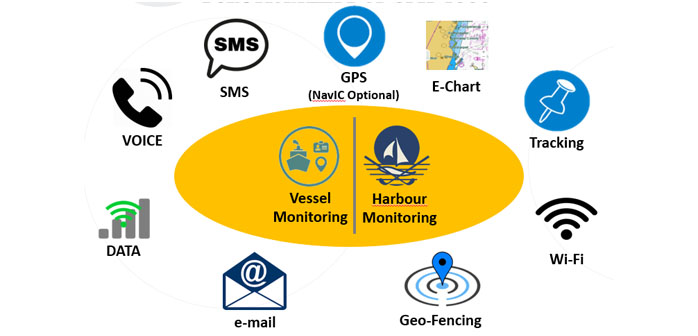
ABJ IMPEX SPIT-1000
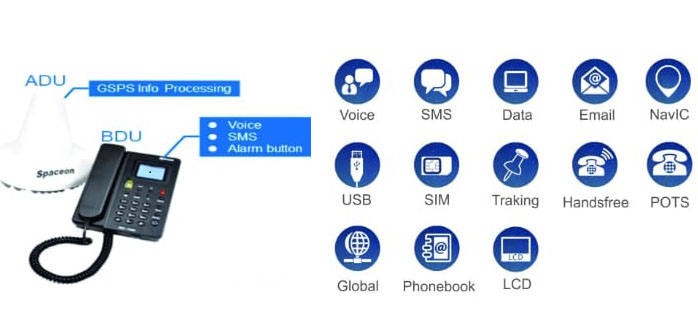
ABJ IMPEX SPST-1100A
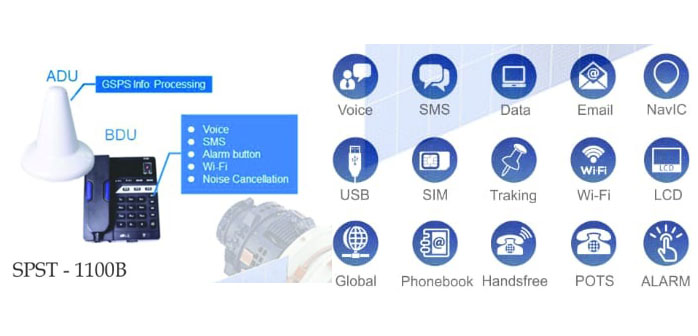
ABJ IMPEX SPST-1100B
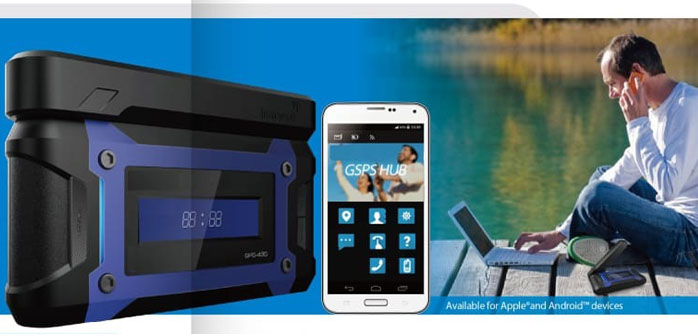




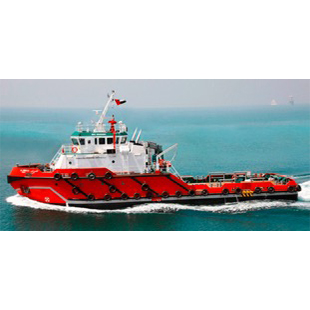
Multi-purpose vessels for the transportation of supplies to and from offshore oil platforms. They can also perform a standby emergency function
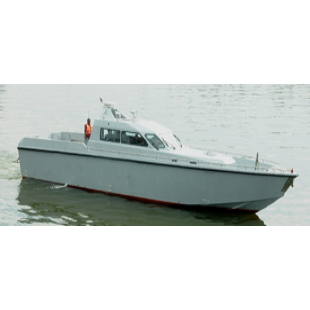
Mainly engaged to deter fishing and other vessels in the vicinity from approaching vulnerable subsea assets, and potentially hazardous areas, guard vessels are utilised during installation, construction and decommissioning phases on a wide range of oil and gas, renewable, and cable lay projects
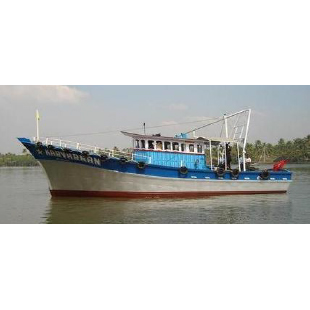
A fishing vessel is a boat or ship used to catch fish in the sea, or on a lake or river. Many different kinds of vessels are used in commercial, artisanal and recreational fishing.
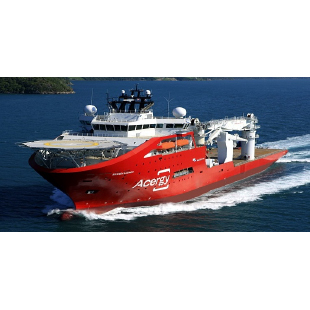
Offshore vessels are ships that specifically serve operational purposes such as oil exploration and construction work at the high seas.
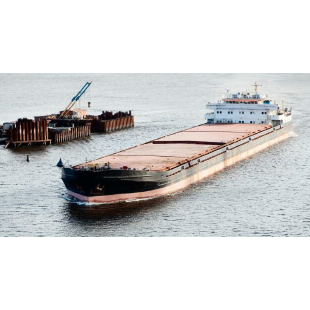
Barge nowadays generally refers to a flat-bottomed inland waterway vessel which does not have its own means of mechanical propulsion.
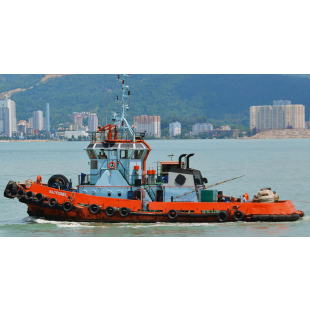
A tugboat (tug) is a boat or ship that maneuvers vessels by pushing or towing them. Tugboats can push or tow large vessels such as ships, barges, and oil rigs with high precision and speed. Below is a typical design of a tugboat, with some of the main parts defined along with their functions
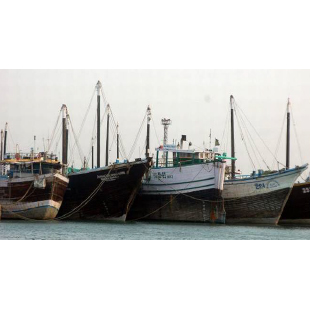
A sailing ship is a sea-going vessel that uses sails mounted on masts to harness the power of wind and propel the vessel
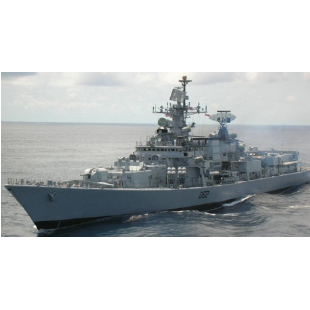
What does the Coast Guard do? The Coast Guard manages six major operational mission programs: maritime law enforcement, maritime response, maritime prevention, marine transportation system management, maritime security operations, and defense operations.
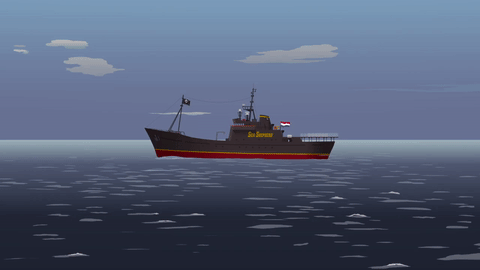
The Vessel Monitoring System is a cost-effective and efficient solution that allows corporate fisheries management and regional fisheries authorities to track the location and monitor the activities of fishing vessels real-time and allows bidirectional communication exchange through personal and SOS messages.
The system can automatically send the position of the fishing vessel as well as user-defined camera images and trawl information to designated government bodies and regulatory environmental authorities to comply with governing requirements.
This asset tracking tool is a compact hardware unit that can be installed on any vessel and connects to shore via both cellular and satellite connections.
It automatically switches between the two (when appropriate options are chosen) and when out of cellular range, the system will cache less urgent messages but still send urgent information via satellite.

